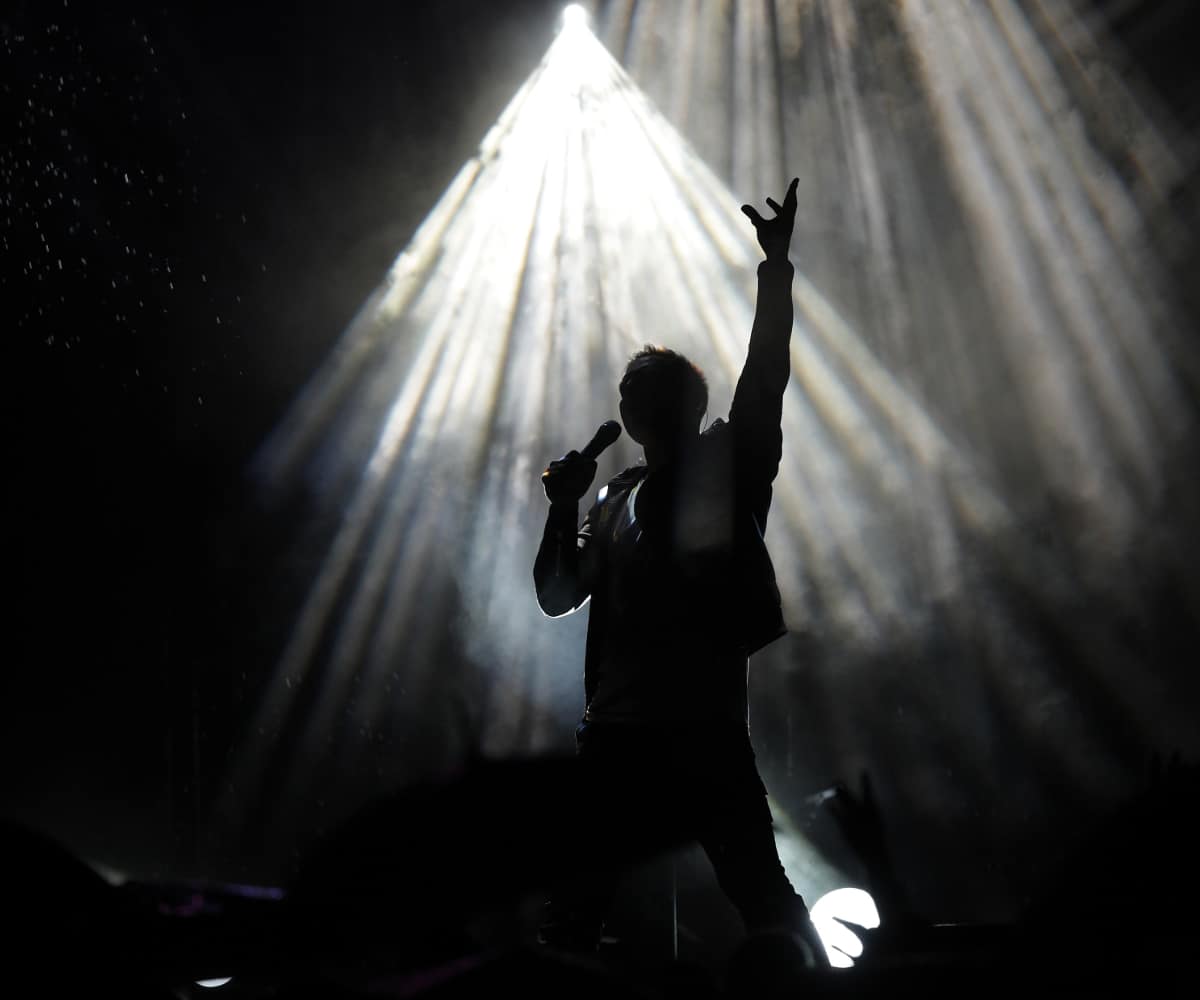Your cart is currently empty!
The Nine Notes of a Well Sung Story

in
Disclaimer: This post may contain affiliate links for books we recommend. If you make a purchase through these links, at no additional cost to you, we may earn a small commission. See our full Terms of Use here.
Every song starts somewhere. We don’t think of it as ‘starting,’ unless we expect to sing the song. Birthday parties, concerts, even alone in our cars, we know the beginning of a song. We know, too, when it gets good, when the pitch changes, and when the singer hits that note. The one we probably shouldn’t keep attempting. If I focus on the moments behind the main plot points of my story, I can really make them sing. Here are the Nine Notes of a Well Sung Story.
The Hook
I know within a few seconds what kind of song I’m listening to. The instruments are all introduced; they set the mood; lyrics draw me in. The same is true of stories. In a few pages, I need to present a complete picture of the world that I have invited the reader in to. I need to set the stage and show the band. There will be one note in particular – the hook – that peaks the reader’s interest. If I don’t play it at the right time, they’ll never hear it and may not bother to listen to the rest of the song.
Without a good hook, the story sounds more like a research report. Rather than the beginning to an adventure of discovery, the reader feels invited to leave the conversation altogether. There is no need to divulge all of your truths or spoil the ending you have planned, but here is where you tell the reader that the ending is worth the wait. The reader should feel a beckoning, a newfound purpose – to read the story, to hear the rest of the song. Once you have the reader’s ear, though, the work is just beginning.
Crescendo
“Let’s see where this goes.”
My preference is escalation. It’s a good time to speed up the beat. Bring in a fresh voice and let it present a counter melody. Create a sense of urgency that makes the reader want to skip ahead to the chorus just to verify their lofty expectations. Hold them, though. Don’t let them get away. Here is where you define the story, the way ahead. Here is where the lyrics unfold like thick ribbons and wrap the listener in the weighted blanket of thought.
You’ve introduced the band, now a familiar song plays. An old one, popular but from their earlier work. Nostalgia appears peppered through the crowd as whispered singing. The stragglers shuffle in, called by the siren sound of anticipation. They take their seats…
The Minor Fall
Following the first plot point, the story takes a turn. A new verse plays. Not a different one, but an entirely new one. Instruments the band has never used before take center. The drums fade out. This is no chorus. This is an affront to the song itself, a sudden refrain cutting through the predicted lyrics. The protagonist has had their world shaken.
Here, lean into the somber melody that haunts the higher frequency just out of audible range. Don’t linger, but let the feeling stay awhile. Let it sink in like blotted ink and spread throughout the pages. If the hook and buildup were effective, the song still has its listeners. Listeners that are invested in every note. This change will, rather than shake them, draw them in more.
Solo
Sometimes a singer or instrument hits a note that vibrates more than just the air. Faces seem to wince in pleasure, heads tilt as if to let the results of that brief pleasure spill from a down-turned ear. Nearing the midpoint of your story, the protagonist will find their world forever changed. They will find that they are out of tune with the new world. This realization is sharp and cuts like an eclipsian contrast across the landscape.
The audience has unknowingly fallen into the doldrums of a low melody made aware only thanks to a piercingly discordant twang that tilts their heads, makes them wince. More than anything, though, this realization note should resonate with the reader on a deeper level than the preceding prose. Humans live in cycles of wins and losses and those moments between them define us. Hit the note again. Then hit it again.
The First Chorus
It’s time for the audience to stop reacting. This song belongs to them. Where the realization leads into the midpoint of your story, this moment escorts the reader back out. The true power of the song is shining through. The reader is singing along. All the instruments have a say here. All the voices as well. There may be surprises later, but none that I haven’t at least hinted at by the end of this all important note. The story derives its title from this moment.
These are the words that the audience will sing in the parking lot, in their cars, long after the show. The hero of the story, with a new understanding of the path ahead, can make the preparations needed to survive. In the meantime, they thrive. If there is a mountain that the protagonist intends to climb, the first chorus is the training montage.
The Major Lift
The only way to predict change is to enact it. Or, y’know, move past the midpoint of a good story. Change is as good for writers as it is protagonists. Here the hero reaches the peak that they so long prepared to ascend. Your reader should feel the elation surging through the pages. In terms of the perfect song, this is where the crowd is emotionally as one.
Lighters dot the sunken canopy. More rush to join, like fireflies called to dance in moonlit glades, creating a star scattered reflection of the moment – the major lift. The rhythm here is steady, confident. A metered march where once uncertain ambling took center stage. There is a definite destination here, and the reader knows it. Keep your pace. They’ll likely move a couple of steps ahead of you…
The Bridge
Another abrupt change. Swayed by the euphoria of the previous note, the audience takes the reins prematurely. They belt out the first words of the chorus before seeing their error. That peak was only the beginning. A far larger mountain looms in the distance.
You charlatan.
Following the major lift, the third plot point shatters the protagonist. It should shatter the reader as well. Having been so invested in the singular goal of reaching the peak, learning it was merely a precursor can break anyone. This is the recovery phase. This is the bridge, a moment of change defined by tension that breaks up the expected exchange between chorus and verse. A time for the protagonist where reflection on how far they have come gets shadow stricken and diminished by the hulking figure of where they must now go. Through the bridge, they gather themselves and push forward.
Second Chorus
The chorus again. Harder now, and faster. Each movement is precise and practiced. Every note perfected during the first chorus gets put to good use here. The reader, the audience, you owe them this release. Let the world explode into a jubilant vibration of song. This is the confrontation – the moment where wins and losses are tangible, permanent.
The audience can hear the desperation, the finality, the strain against going back ever again when forward promises an end to the pain. Drums thrum like a clash of swords over a lightning lit precipice. The weight of the moment is unrelenting. They know these words and they refuse to let go until they have had their say. When they are ready, they reach the last note as one with the band, holding it, extending the moment. Finally, it’s done. Everyone can breathe. The protagonist has won the day or lost everything.
Coda
The perfect song’s outro is the story’s resolution. This is your chance for a neat little bow, or teaser, if you’ve planned a sequel. This is the last note before the crowd shuffles towards the exits, happy to have experienced the music but sad to say goodbye. The curtains close, the lights go down, the hope for an encore fades into the night. The buzz is still in the air, though. Some will no doubt sing the song on the way home, tilting their heads at an imaginary twang.
The end is only the beginning. Gently lower the reader from the heights of the story’s climax onto the soft cushion of closure. Recall the world that was once the normal, the hopes that the hero had to abandon and how they relate to their new circumstances. Escort the audience back around to the beginning of the song to make it easier for them to play it again. If you’ve hit all the right notes, hearing the song again is exactly what they will want to do.
We know when the song ends. The same is true for stories. As we read them, we can feel the crescendo welling up to prepare for an epic climax. When they slow too much, we can feel the weight of them sag like sandbags against the side of a hot-air balloon. Whether you’re a pantser or a plotter, by following a structure, you can ensure that every note gets played right when you need the reader to hear it. When I write a story, I listen for nine specific notes. If they don’t ring out, I know it’s time for some changes. When I get it right, it’s music to my ears.
-R.E.

